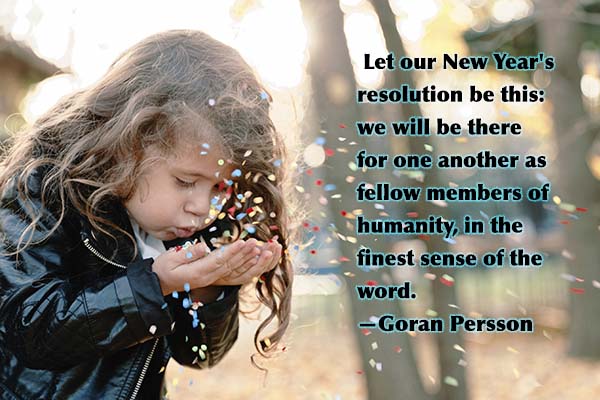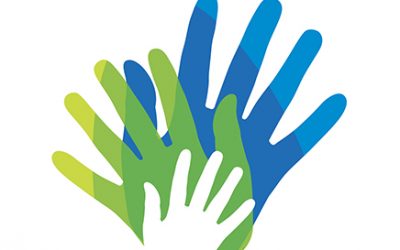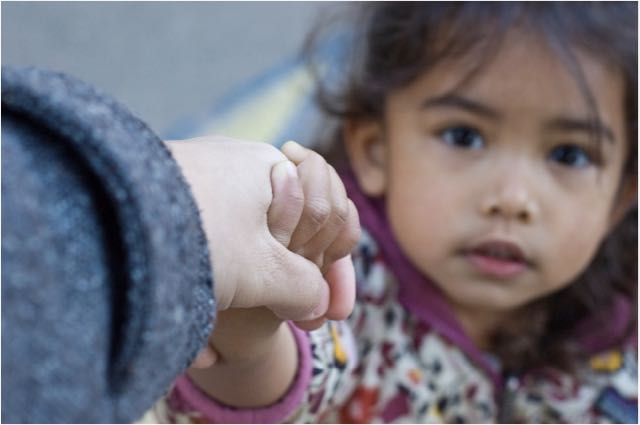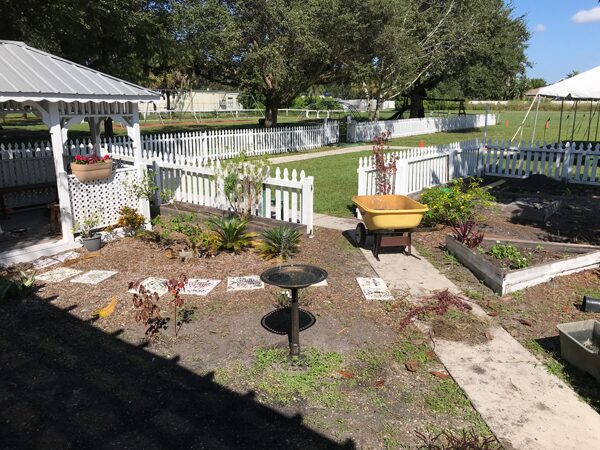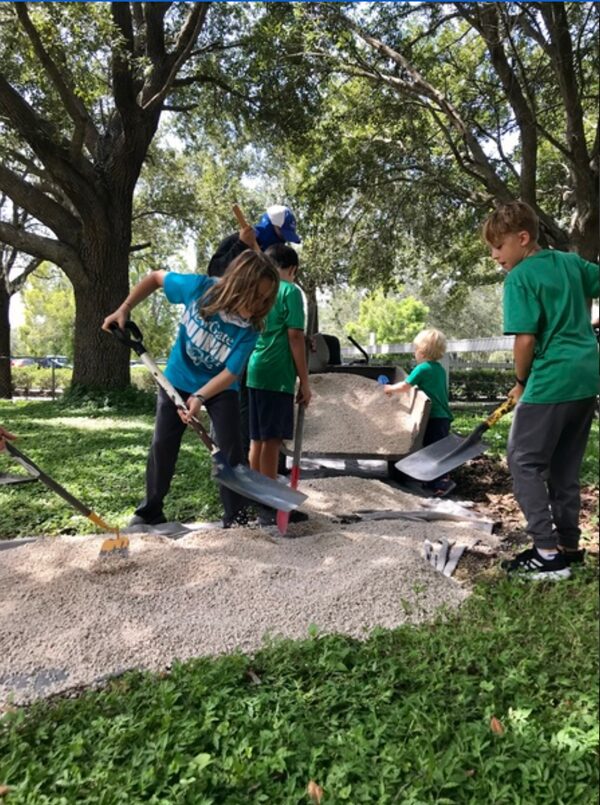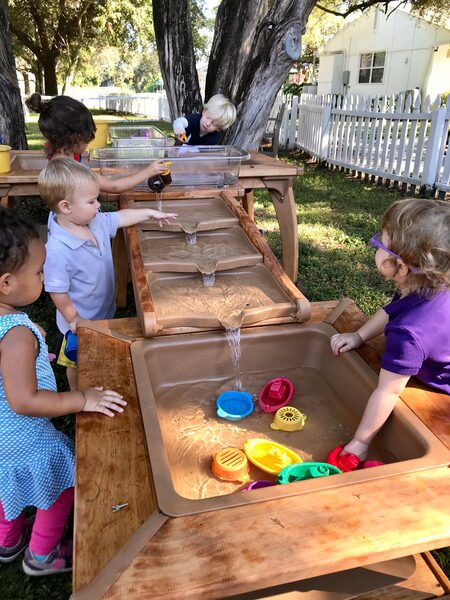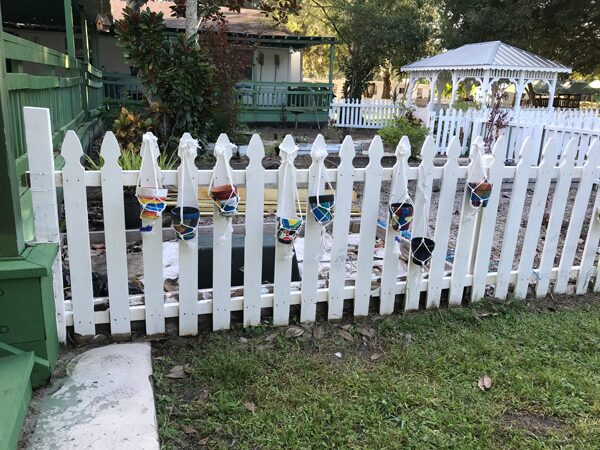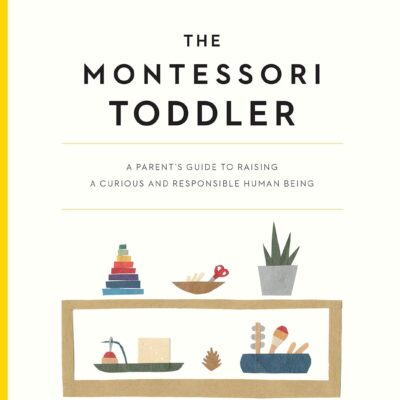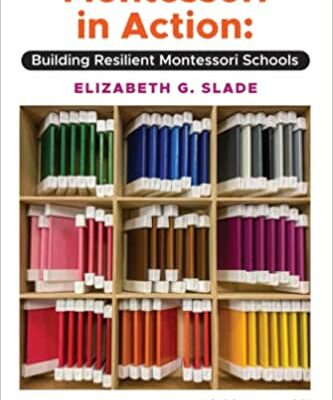Tanya Ryskind examines the benefits of building a playground
After several years as a Montessori parent, I changed careers to become a Montessori teacher. Today, I am the Head of NewGate School, the Lab School of the Montessori Foundation, and charged with establishing a COVID task force to guide our school’s policies and procedures to mitigate risk and open safely. Our local health departments told us that maintaining physical distance and working outside was one way to reduce exposure and transmission.
This year with the stressors of COVID-19, social tensions, and the uncertainty of whether to send our children to school or keep them home, my husband and I started to reflect upon what kept our children in Montessori through high school. We also wondered how parents of young children and elementary school-aged students were handling the situation. Did they feel safe sending their children back to school? Did they live in a state that closed schools indefinitely? How would I respond to parents’ needs at NewGate? How does a family stay connected to their teachers, their children’s friends, and follow state and local guidelines?
I found my husband’s words profound. I listened to him from my new perspective as a school leader. He said, “What your school needs to do is build a playground like we did.”
Last year, the NewGate buildings and grounds committee helped transform the peace garden into a contemporary rock garden giving the heart of our campus an inspirational renovation. This year, however, we needed to do more, we needed more appropriate work environments for our students. At the toddler level, we needed to rethink and add to our playscapes. At the elementary level, we needed to do more gardening and botanical studies. Our secondary students needed more outdoor seating that protected them from the sun while adjusting for social distancing.
In a comprehensive manual from Harvard T. H. Chan School of Public Health, “Schools for Health, Risk Reduction Strategies for Reopening Schools,” June 2020, the authors outline multiple essential strategies for reopening schools and mitigating health risks.
To help envision the true potential of these outdoor spaces, I went backward in time. “You need to build a playground like we did,” is what my husband said. When our children were in the infant/toddler and early childhood classrooms, our Montessori school had to move the playground to accommodate a building project. Over several weekends, my husband and I would make the 30-minute commute to our school on the weekend to volunteer to move the playground. Relocating the play area included cutting the sod and carrying it to the new location. It was backbreaking work. Having the three-year-old and infant in tow, I spent time pouring water and hanging out with other parents who had children. Throughout these weekends, we bonded. We discussed the hopes and dreams we had for our children. The laborers kept their energy up by sharing jokes and talking about their jobs. Mostly we heard, “How did we get roped into this?”
Twenty-four years later, a group of masked NewGate parents came together to shovel gravel in the heat of the Florida sunshine to create a bike track for toddlers. They trimmed hedges and cleared areas where beautiful wooden playscapes and a treehouse would sit. The adults laughed and shared their hopes and dreams for their children. They cracked jokes. When family isolating is the protocol, in the open air, six feet away, parents of young children were bonding. What I saw reminded me of our family’s experience at our Montessori school.
My husband and I believed then and now that we were in partnership with our Montessori school; the teachers, administrators, and other parents. The image of NewGate parents on the toddler playground showed me the replicable nature of our schools. NewGate parents were working as a team for the betterment of their school. Remembering our playground days and watching NewGate’s playground days highlights how a Montessori education gives us an education that focuses on partnership, independence, mutual trust, and respect, on both individual achievement and collaboration.
The Harvard public health manual’s healthy activities section specifically outlines five pertinent areas: provide recess; modify physical education, continue sports with enhanced controls, add structure to free time, and reimagine music and theater classes.
My husband and I helped build a play area that included a labyrinth, a large area for an organic garden, wood stumps for hopping or running around, a small treehouse, and a spectacular maple tree that would come to be called the giving tree. Over the years, our children strengthened their large motor skills and learned to play fairly. As a young adolescent, our daughter had serious talks with friends about her next steps and what the future looked like. The “playground” we built continues to serve children and families as a safe place, now a safe place to breathe without facial coverings.
<h3>Each of the five pertinent parts outlined in the Harvard manual has a bulleted list of suggested activities. These guidelines include:</h3>
- Move outdoors.
- Play outdoors as much as possible.
- Do not limit children’s access to recess, the schoolyard, or fixed play equipment.
- Hold physical education classes outdoors when possible.
Now, when outdoor activities matter more than ever before, parents at our school started to rally and ask teachers about what they could do to support their children and their outdoor activities. Our school focused on gardening and, yes, the playground. But, this year, we needed to think of our playground spaces as outdoor learning environments. It needed to be a place where children could work without distraction from the weather. It needed to add value to their learning experience.
When we realized how important it is to be outdoors, we unleashed an unmet need to give, volunteer, and to participate in efforts to keep everyone safe. Parents, who were no longer allowed on campus, could focus on something they knew was important and necessary. Children could go home and share developing plans for garden boxes and flowering plant containers. Plans included water elements, bird feeders, and butterfly plants. Energy and excitement grew around the need to spend more time outdoors.
Families came together on virtual community meetings to share how they could donate and what they could do on our campuses while maintaining safety protocols. They bonded and connected either six feet away behind a facial covering or in a virtual community meeting. These bonds have nurtured friendships and created spaces for children to grow, play, and learn. We received, in abundance, donations of time, talent, and treasure. Contributions focused on a single goal—enhancement of our outdoor classroom spaces.
We added to our toddler and early childhood playscapes things previously thought unattainable because of cost and labor. We doubled the number of raised garden beds on our campus. We partnered with a local master gardener organization. We quadrupled our outdoor seating capacity for our middle and high school students. And, we have begun to embrace the importance of walking with nature throughout our day.
The silver-lining of COVID-19 is that we have been forced to make time for things that have always been put on the back burner. Parents, staff, and even children have committed to attending weekly virtual community meetings. We have prioritized what is important to us, staying healthy, using our indoor and outdoor environments for learning, and building community.
We honor the words of Maria Montessori by dedicating ourselves to our outdoor environments: “The child has a different relation to “their” environment from ours … the child absorbs it. The things they see are not just remembered; they form part of their soul. The child incarnates in themselves all in the world about them that their eyes see and their ears hear.”
(adjusted to be gender neutral—The Absorbent Mind.)
As parents, you have an opportunity to support your school through this unprecedented time by using your talents, treasure, or time to enhance your outdoor environments. Look around your school and offer ideas to support your teachers in using their outdoor spaces more effectively. I think you will be as surprised as I was that all you have to do is build a creative outdoor space for learning and call it a playground.
Footnote: my husband continues to have conversations with the crew who helped “build the playground” 24 years ago. For us, “building the playground” has become a
metaphor for lifelong learning and lifelong friendships.

